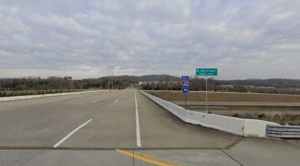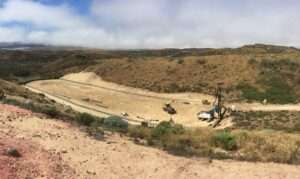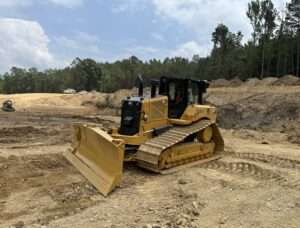Reviving Pickle Pond: A Success Story of Restoration in Superior, Wisconsin
Date: Sep 17, 2024
In the heart of Superior, Wisconsin, lies Pickle Pond—a nine-acre urban waterbody that once bore the burden of pollution and neglect. Historically marred by raw sewage discharge and runoff from surrounding infrastructure, Pickle Pond faced significant environmental challenges, posing risks to both the community and local wildlife.
However, recent efforts have transformed this once-troubled pond into a prime example for environmental restoration and community revitalization. Spearheaded by a collaborative partnership between various stakeholders, including federal, state, and local agencies, as well as private entities, the Pickle Pond restoration project has achieved remarkable success.
With significant construction efforts completed, the Pickle Pond project can already claim significant quantitative successes:
- 16,500 cubic yards of contaminated sediment were removed
- 86% reduction in mercury
- 87% reduction in lead—the equivalent of approximately 215 12-volt car batteries
- 92-94% reduction in PAHs & PCBs
- As-built concentrations below anthropogenic levels
- Utilization of more than 21,000 cubic yard of clean dredge materials to construct wetland habitat
- Restoration of 17 acres of fish and wildlife habitat
- Installation of 13 structures for enhanced habitat for fish and turtles and 6 structures for birds
- Removal of 3.3 acres of invasive species
- Scheduled installation of hydrodynamic separators to treat stormwater and reduce runoff pollution
PROJECT GOALS
The project’s goals were ambitious yet essential for the pond’s rehabilitation. They included restoring fish and wildlife habitats, improving water quality, reducing stormwater loading, and enhancing recreational opportunities for the community. To achieve these objectives, a multifaceted approach was adopted, combining innovative design elements with strategic construction techniques.
KEY COMPONENTS
One of the project’s key components involved the removal of contaminated sediments that had accumulated over decades of neglect. ENTACT utilized a drying polymer during sediment removal. This not only minimized water treatment costs but also reduced environmental impacts by eliminating dust and odors, ensuring a seamless construction process in a highly visible area. Through meticulous planning and execution, over 16,500 cubic yards of polluted sediment were safely extracted from the pond, resulting in significant reductions in contaminants such as mercury, lead, PAHs, and PCBs.
Another was using two float plants to streamline clean dredging and wetland construction operations to reduce the project schedule by allowing activities to proceed in parallel. Simultaneously, efforts were made to enhance the pond’s biodiversity and ecosystem health. Native plantings, fish habitat structures, turtle loafing habitats, and nesting boxes were installed to create a more hospitable environment for wildlife. Additionally, the creation of diverse habitats, including deeper areas for fish spawning and shallower regions for aquatic vegetation, aimed to restore the pond’s ecological balance.
COMMUNITY FOCUS
Throughout the duration of the project, White Lake Dock & Dredge, a division of ENTACT, prioritized community engagement and transparency. Multiple tours were organized for the public, and efforts were made to minimize disruptions to recreational activities in the area. The absence of public complaints during construction underscores the success of these outreach efforts.
LONG-TERM BENEFITS
Beyond its immediate environmental benefits, the Pickle Pond restoration project holds significant economic implications for the region. Studies have shown that investments in environmental restoration yield substantial returns, both in terms of economic output and quality of life improvements. With Pickle Pond situated in a highly recreational area of Superior, the project is poised to drive additional tourism activity and enhance residents’ well-being for years to come.
As the Pickle Pond project nears completion, ongoing research efforts are underway to evaluate its long-term impact on the ecosystem and surrounding community. Scientists from various agencies are monitoring changes in water quality, biodiversity, and public perception to assess the project’s effectiveness and inform future restoration initiatives.
The Pickle Pond project is a model for combined sediment remediation and habitat restoration efforts in the Great Lakes and beyond. The wide-ranging goals, unique site conditions, and expansive stakeholder involvement called for technical innovation, flexible management, and strategic partnering combined to overcome significant complex challenges. The successful approaches employed and the social research conducted will inform similar projects—offering a roadmap for agencies, consultants, contractors, non-profits, and other practitioners. By restoring this once-degraded waterbody, stakeholders have not only safeguarded public health and wildlife habitat but also revitalized a cherished community asset for generations to come.
An excerpt of this article was featured on DredgingToday.com. Read more here.


